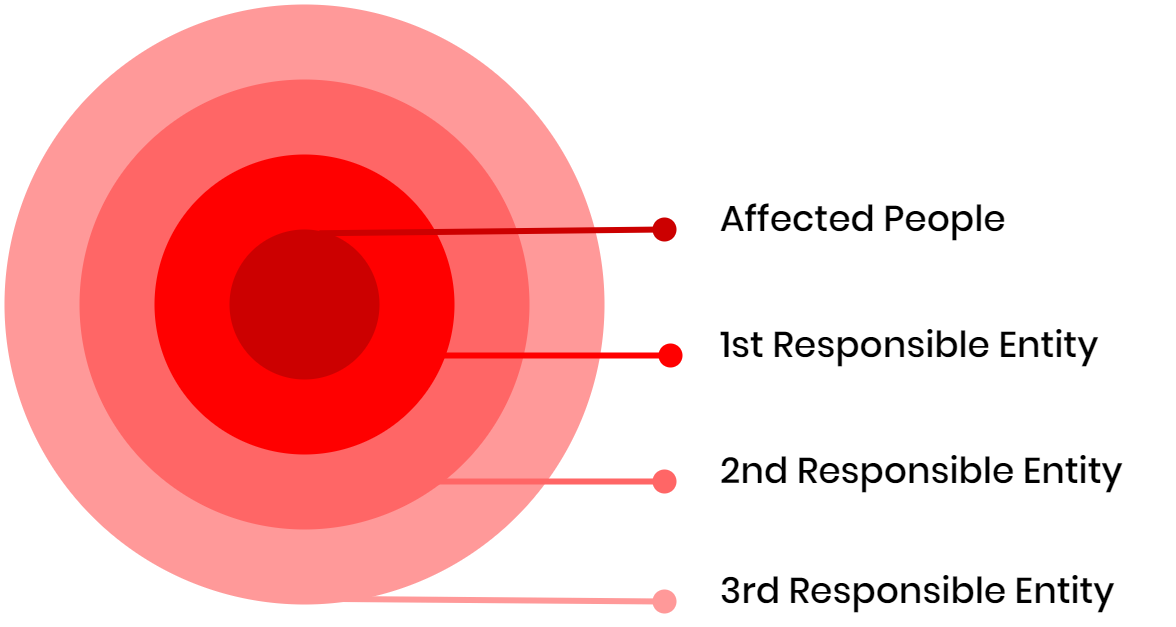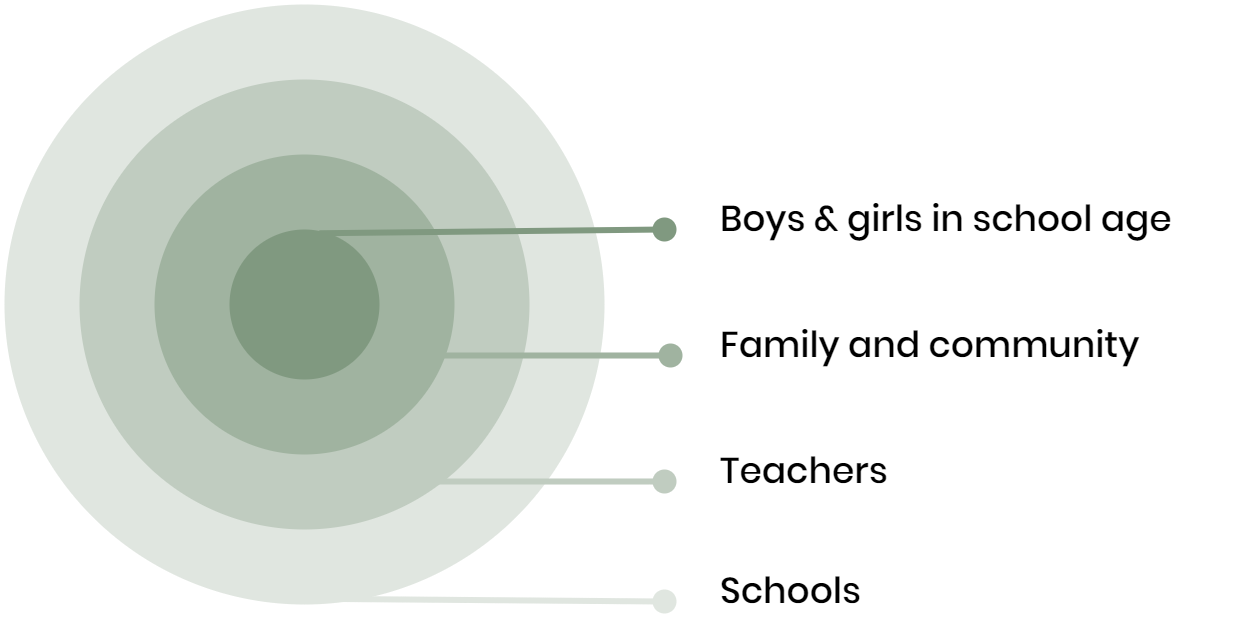Articles and How-to Tutorials for NGOs
Needs Assessment (Identifying The Main Problem)
Written by Adel SalahAs we mentioned previously, the needs assessment process consists of five stages, and in this article will talk about the second stage of this process.
Identifying The Main Problem
It is difficult for many people and organizations to identify the main problem or the need they are going to analyze and find solutions for, due to lack of experience and clarity in some calls for proposals from some donors. The lack of clarity of the main problem leads to loss of confidence in all the steps that follow, starting from analyzing and assessing the problem to finding solutions from the activities, outputs and impact; this leads to the proposal not being connected to what the donor wants to support. Therefore, there is a likelihood that the proposal will be rejected and it will be difficult to convince the donor to fund the project.
To identify the main problem correctly with confidence, we need to do the following:
Identify the group affected by the problem, age group, geographical area, type and field of damage.
Identify the three main groups responsible for the problem: who affect it positively or negatively resulting in damage to all or a group of people in the area.
Read carefully the call for proposals of the donors, particularly objectives/ sectors/topics/ priorities indicated in the call for proposals and their relation to the affected people from the problem.

The figure above: the relationship between the people affected by the problem and groups responsible for the problem.
Make sure the main problem and the ones affected by it are related to all or some of the objectives/ sectors/ topics/ priorities indicated in the call for proposals, and this relation should be clear in all the intended solutions (activities) and the beneficiaries.
Search and consult those who have experience in these objectives, sectors, topics and priorities to ensure there are agreed standards on the interventions planned for implementation. We have to find references that contain these standards and look for similar activities that were implemented by other organizations in the same country or other countries undergoing the same economic and social situation, especially if these activities were funded by the same donor.
It is important to look for the theoretical background and motives that made the donor focus on these objectives, sectors and topics mentioned in the donor's call for proposals; this ensures that the project problem and the interventions planned in the proposal are related to these sources.
1. Laws, regulations, strategies and government plans
2.Declarations and international conventions that member states are obliged to carry out. Examples: UN Security Council Resolution 1325: Women as Active Agents in Peace and Security, UN Security Council Resolution 2250: Youth, Security and Peace, Resolution 2419 of 2018 on the call to increase the involvement of youth in negotiations and the implementation of peace agreements, UN Universal declaration of a culture of peace, the CEDAW Convention, Universal Declaration of Human Rights or the Convention on Human Rights…etc.
Note: The paragraph of the analysis situation should not exceed half an A4 page for all the projects with a period of implementation of one year or less. For the large projects implemented over several years, one may need to write a longer paragraph of the analysis situation from one page to several pages. Furthermore, we must follow the donor's instructions if this paragraph is specified by a certain number of words or characters.
Example of the main problem
The difficulty to enroll 39 thousand boys and girls at school age(7-18 years), who are displaced with their families from (Location A) to (Location B), in schools for the year 2019-2020
The above figure is an example of the relationship between the affected group and the affecting parties
